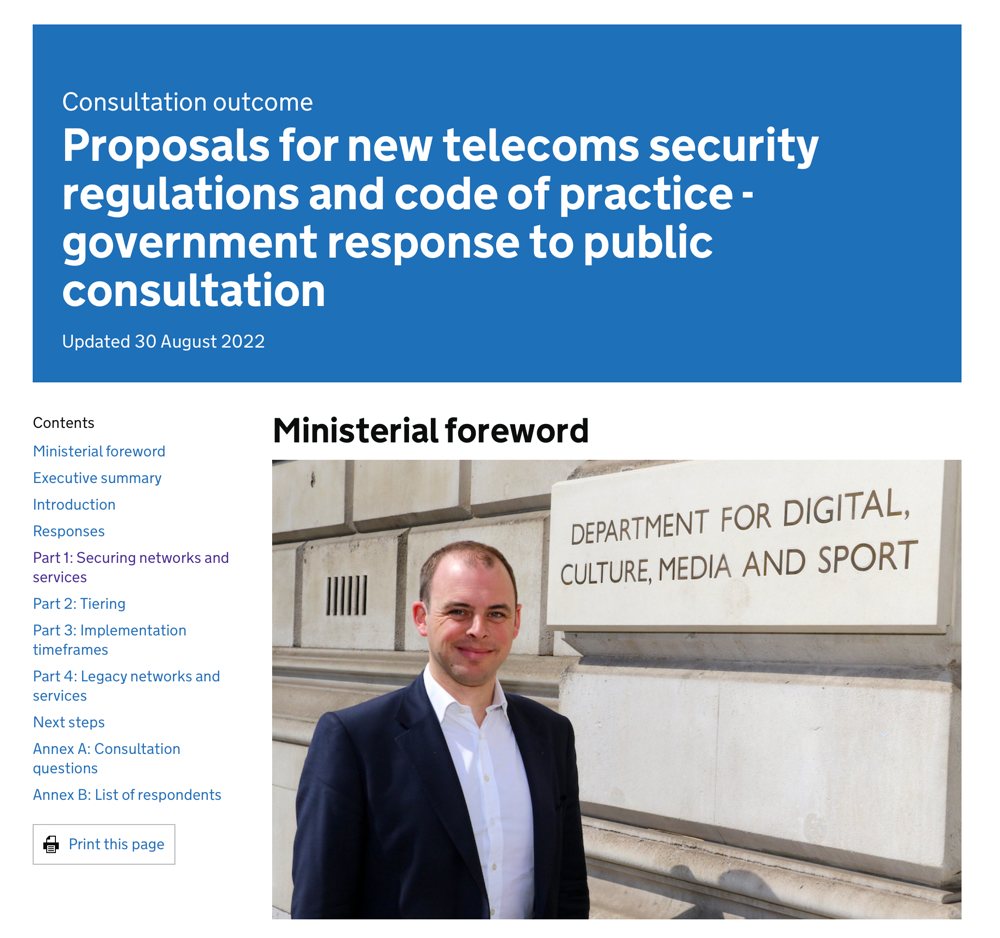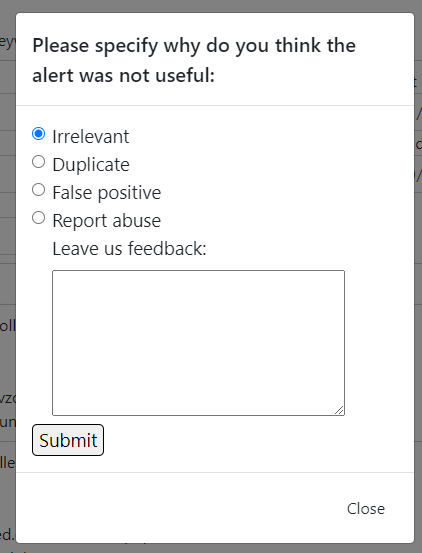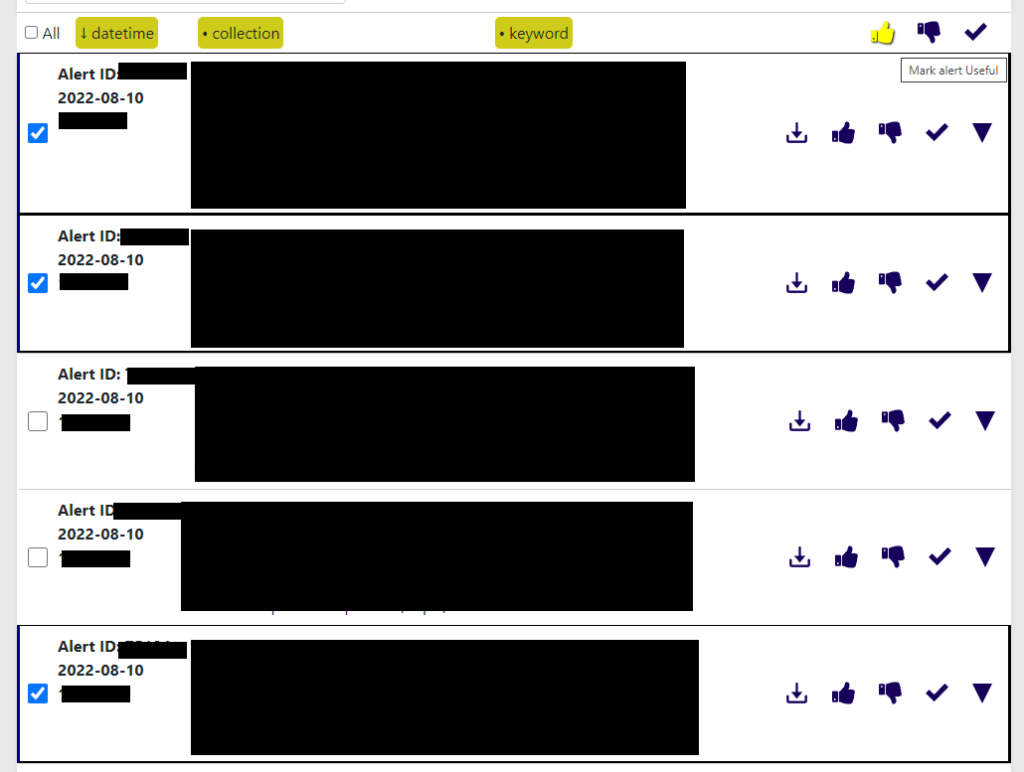One of the features which we’ve been working on recently is a pwnREPORT Breach Report Tool. I’m pleased to say this is now available for our MSSP and Enterprise customers.
What does it do?
- Generates an aggregated breach report for records found across our BreachDB, OSINT collections and Dark Web.
- Searches for a provided company email domain.
- Returns a CSV document on completion for you to download.
Watch the short video below to see it in action.
This kind of tool is precisely what we try and focus on. Simple execution of a query and a quick, useful output for you to use and potentially share.
If you have any questions, please don’t hesitate to get in touch and book a call / demo here.















Recent Comments